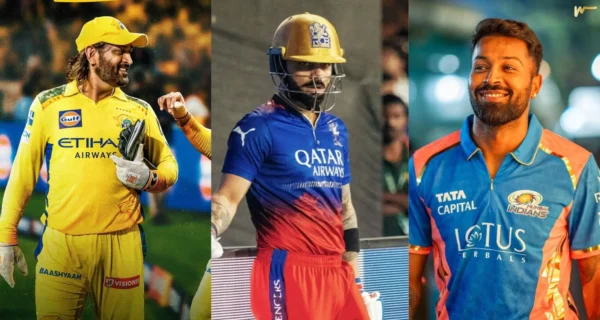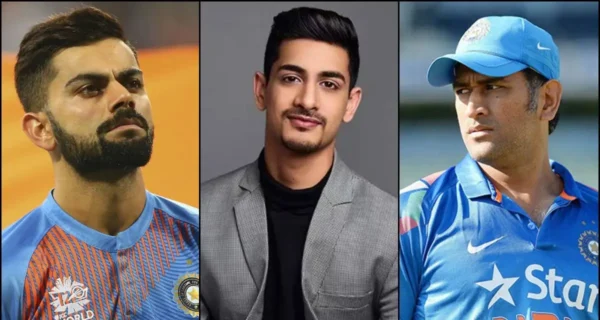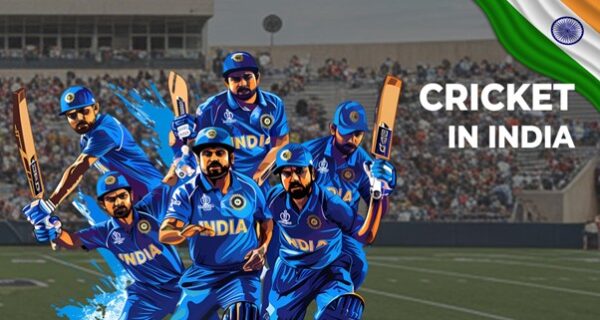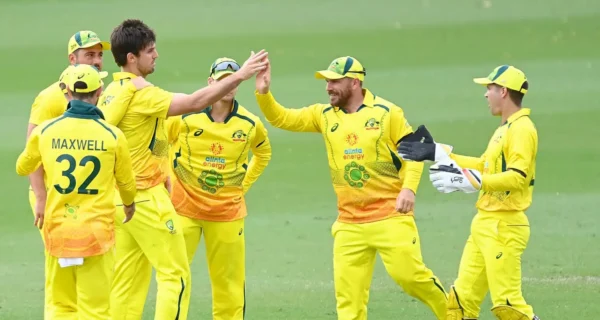Cricket is still about bat and ball. It is also about pace, access, and voice. Fans want a match that moves, a stream that never stutters, and a story they can feel in real time. They want numbers that make sense and moments that feel big. They want to be part of it.
The modern viewer does not sit back. They lean in. They chat, compare, predict, and celebrate. Every over invites an opinion. Every decision gets a replay, a stat, and a meme. That is the new normal, and teams, leagues, and broadcasters have learned to meet it.
Speed, Access, and a Story
The first demand is speed. Fans expect crisp starts, quick overs, and clear over rates. Delays drain energy. Snappy innings breaks, ready graphics, and instant highlights keep the pulse high. Even in Tests, flow matters. People will watch the broadcast if the broadcast respects their time.
The second demand is access. Cameras must bring viewers onto the pitch. Spidercam sweeps, stump mics, and player walk-throughs help fans feel close. Warm-ups, team talks, and on-field chats add texture. The more fans see, the more they care.
The third demand is a story. Numbers alone are cold. Fans want arcs they can follow. A rookie opener learning to handle the short ball. A senior spinner is setting a batter up across three overs. A captain backing a bowler after a drop.
Tell that story as it unfolds. Use simple language. Use clean visuals. Show the plan, then show the payoff.
Passion Meets Prediction
Engagement today blends emotion with analysis. Many fans track form, matchups, and pitch notes while they watch. They check win probability, strike rates, and lengths. They make calls before the next ball.
If you are curious about odds, trends, or how markets react to game states, visit this website for guides and examples related to everything considered cricket betting that explain the data behind the drama.
Good broadcasts respect this habit. They do not drown fans in charts. They surface one clear stat at the right time. Show the bowler’s heat map before the yorker. Show the batter’s boundary zones before the free hit. Tie each number to the next ball. When the outcome matches the hint, the viewer feels smart and seen.
Stars With Substance
Fans love stars, but they now expect substance. A viral clip fades fast if the player’s game does not hold up. Modern heroes explain plans, own mistakes, and show growth. Short, honest interviews work better than polished speeches. A player who talks through their setup builds trust. A coach who explains selection builds calm.
Clubs and boards can help here. Offer structured media time soon after the match. Share a one-minute breakdown from the analyst. Release a clip of the assistant coach discussing plans for the next venue. This is not hype. It is clarity. It turns noise into insight.
Production That Pulls You In
Production is no longer background. It is part of the show. Fans expect sharp cameras, clean sound, and quick replays. They also want replays with a point. Instead of five angles of the same catch, show one angle at full speed, one at slow speed, and one that reveals the line, the length, or the fielding position that made it possible.
Graphics must be readable on a phone. Big numbers, few words, and a clear legend. Give a single key stat per ball when the moment needs it. Save deeper packages for breaks. The best feeds now feel designed for both living rooms and buses.
Formats That Fit Busy Lives
T20 fits lunch breaks and late nights. It gives constant action and a tidy window. That is why so many fans plan their day around it. But the love for Tests has not gone. It has changed. Viewers want pace in the presentation. Day-night Tests help. So do firm start times, fast over rates, and precise session summaries that let people drop in and out without losing the thread.
One size does not fit all. Families may prefer early starts. Students may lean into late finishes. Broadcasters can meet both by tailoring highlights, minis, and chaptered replays. Give fans control over how they consume the day.
Community and Conversation
Fans expect to talk during the match. That means chat features on apps, polls in the stream, and short clips ready to share. It also means moderation that keeps the chat useful. Quick polls work well when they are specific. “Should the captain bring back the leg spinner now?” beats a vague “Who wins?”
Podcasts and post-match spaces keep the conversation going. Short, focused shows win the replay battle. A 12-minute episode that breaks down death overs will beat an hour of general chat. People want depth, not drift.
Fairness, Clarity, and Trust
Trust is fragile. Fans expect integrity systems that work. They want clear rules, consistent DRS use, and fast score corrections. If there is a delay, tell viewers why and how long it will take. Show the third umpire’s view when possible.
Put the law on screen in a single line. This calm, open style lowers anger and keeps the focus on cricket.
Selection and fitness updates also shape trust. If a star is rested, say so early and explain the reason in plain terms. If a player is nursing a niggle, give a timeline. Silence breeds rumor. Clear updates earn patience.
What Teams and Boards Can Do Next
- Publish venue briefs 24 hours before the toss. Include expected pace, bounce, and dew. Keep it simple.
- Share a three-clip “game plan” package before the first ball. One for batting, one for bowling, one for fielding.
- Put a player or assistant live for two minutes mid-innings once per game. Viewers love hearing intent in the moment.
- Offer chaptered replays within ten minutes of each major event. Label them by over and theme.
- Build a fan dashboard that combines live score, key stat, and a single prediction slider. Let viewers play along without leaving the stream.
These steps respect time and curiosity. They also make casual viewers feel welcome. The less effort it takes to follow the match, the more people will stay.
The Human Element Still Decides Everything
For all the tech and talk, cricket still turns on human nerve. A seamer choosing the slower ball. A batter backing the scoop with two needed. A fielder charging a ball that could spin past them. Fans want to feel those choices in their gut. Cameras, graphics, and words should serve that feeling, not hide it.
When a broadcast lands the emotion, the numbers add weight instead of noise. When a team shares its mind, the fanbase grows loyal. When a league keeps the game moving and fair, the product shines.
Bringing It All Together
Today’s cricket fan expects three things every match. Keep it moving. Let me in. Tell me a story. If you deliver those, the rest follows. People will watch longer. They will share more. They will return tomorrow.
The sport has already adapted. Leagues refined schedules. Broadcasters rebuilt workflows. Players learned to communicate on the fly. The next step is simple. Keep the pace high, the access open, and the story clear. Do that, and every match will feel worth the time.












